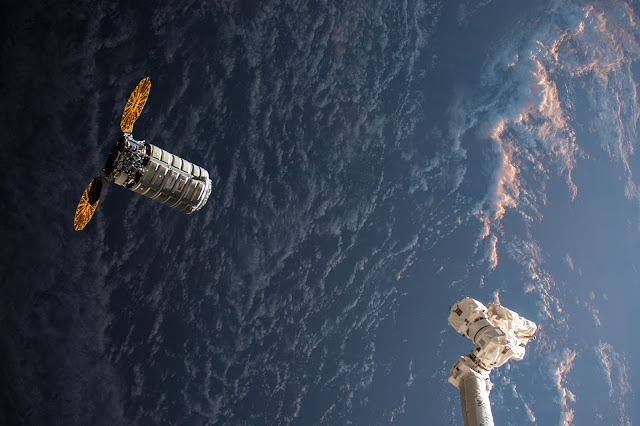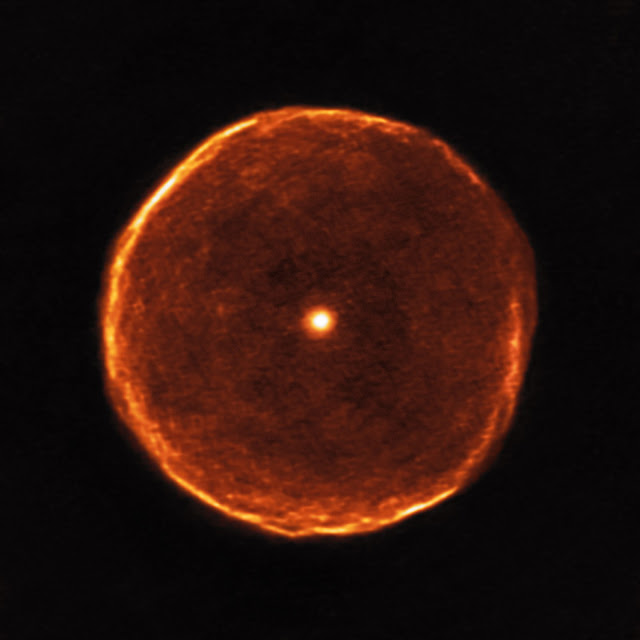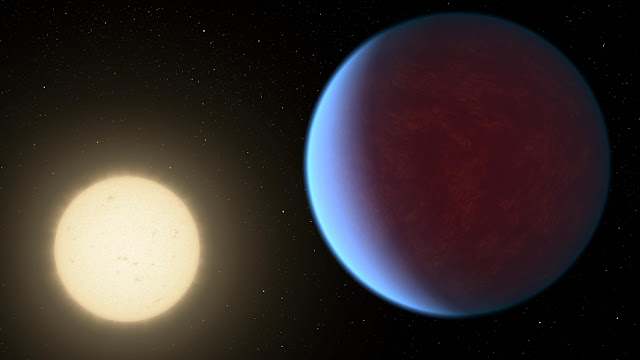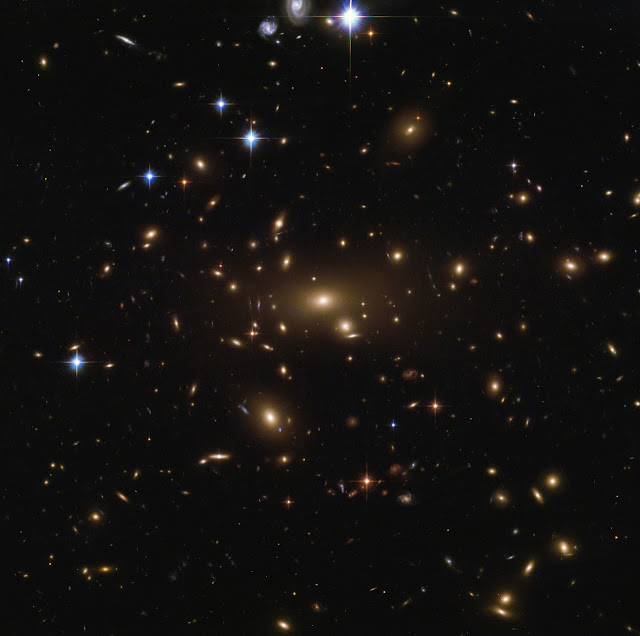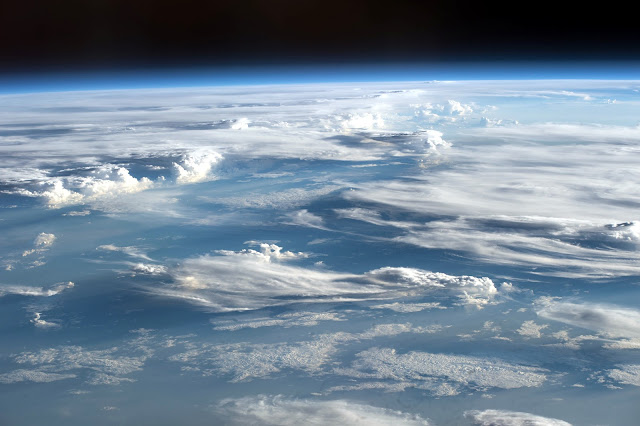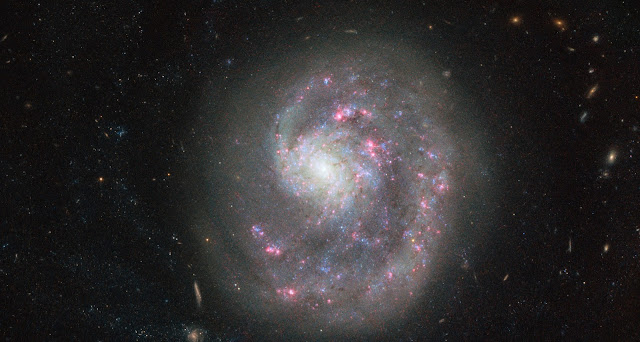This illustration shows the seething hot planet Kepler-13Ab that circles very close to its host star, Kepler-13A. On the nighttime side the planet's immense gravity pulls down titanium oxide, which precipitates as snow. Seen in the background is the star's binary companion, Kepler-13B, and the third member of the multiple-star system is the orange dwarf star, Kepler-13C. NASA's Hubble Space Telescope has found a blistering hot planet outside our solar system where it "snows" sunscreen. The problem is the sunscreen (titanium oxide) precipitation only happens on the planet's permanent nighttime side. Any possible visitors to the exoplanet, called Kepler-13Ab, would need to bottle up some of that sunscreen, because they won't find it on the sizzling hot, daytime side, which always faces its host star. Hubble astronomers suggest that powerful winds carry the titanium oxide gas around to the colder nighttime side, where it condenses into crystalline flakes, for

